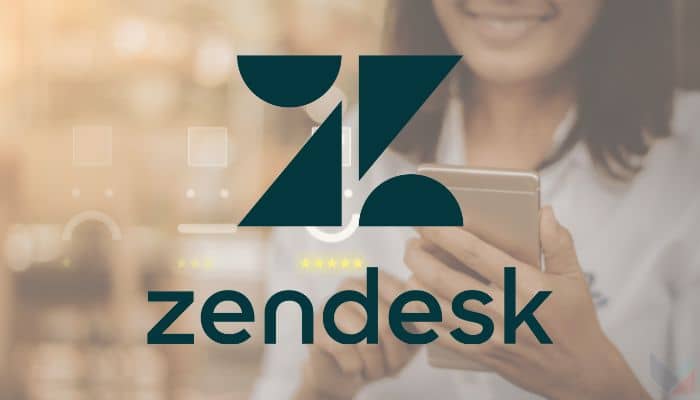Weeks before the intended release date of the “Barbie” and “Oppenheimer” movies–which were released on the same day: July 21–an online term sprang from its growing popularity amongst fans. The term ‘Barbenheimer’ became synonymous with the growing excitement of fans debating whether they should watch either “Barbie” and “Oppenheimer” or choose both of them and watch back-to-back.
And while the ‘Barbenheimer’ effect was something that was widely accepted by a large chunk of netizens, this was not the same case for Japanese users, considering the sensitivity of the “Oppenheimer” movie theme as it delved into the story of J. Robert Oppenheimer, the director of the “Manhattan Project” and being responsible for the development of USA’s first atomic bomb.
Recently, the “Barbie” Twitter account handled by its US counterpart reacted to a fan art depicting Barbie (played by Margot Robbie) and Oppenheimer (played by Cillian Murphy) against the backdrop of a mushroom cloud explosion caused by an atomic bomb. While the interaction has been since deleted, this did not sit well with Japanese fans, saying that it was ‘insensitive’ to the real atrocities and horrors brought by the two atomic bomb explosions in Hiroshima and Nagasaki at the end of World War II.
In response, the Japanese Twitter account of “Barbie”, handled by Warner Bros. Japan, released an apology statement, stating that it regrets the interaction of their American counterparts in regards to these social media postings. It also added that aside from taking it very seriously, they have also asked its American counterparts to take appropriate action. A day after the apology was released, Warner Bros. USA also released a statement, stating that it regrets its insensitive social media engagement, and has also apologised for said action.
While “Oppenheimer” hasn’t been released in the Japanese market considering the sensitivity of the topic, online discussion regarding the movie and the “Barbenheimer” trend persists in the local market. To learn more about what Japanese users think of these recent events, MARKETECH APAC’s dedicated deep-dive The Inner States series tapped social insights and analytics solutions provider Meltwater to learn more about the insights surrounding this online trend.
Negative Sentiment Spikes Following Apology Statement
According to data from Meltwater, further negative sentiment amongst Japanese spiked during the apology statement released from Warner Bros. Japan in July 31 and gradually died out the next day following an apology from Warner Bros. USA.
It is also worth noting that prior to the apology statements from Warner Bros., there has been an uptick already of negative sentiments regarding the “Barbenheimer” phenomenon. Such type of sentiment accounts for 41.5% of online discussion. However, neutral sentiment still dominated with a 54.5% share of online discussion.

Most of the negative sentiment came from Twitter users, accounting to 40% of online sentiment in the platform. Meanwhile, discussions on Reddit leaned towards more positive-driven sentiment, accounting to 40% of discussion.
For Weldon Fung, social solutions lead for Southeast Asia at Meltwater, the online sentiment analysis shows how marketing–regardless if its fan-driven or conceptualised by a marketing team–must also take into account the cultural sensitivities of the market they target reaching for.
“This incident reminds businesses, especially entertainment ones that operate globally, that cultural nuances and sensitivity is critical to any marketing campaign. And while ‘Oppenheimer’ is a movie specifically filmed in the perspective of the American Manhattan project, its conflation with a more pop cultural brand is a regrettable instance for the Japanese market,” he stated.
What Are The Online Terms That Dominated the Discussion
Evidently, following the uptick in online discussion on “Barbenheimer”, the hashtag #NoBarbenheimer trended in Japanese Twitter, accounting to around ~26,900 mentions on Twitter.
In terms of negative terms being mentioned, the most mentioned is kinoko kumo, which translates to ‘mushroom cloud’. The term signifies the shape of the atomic bomb explosion in the cities of Hiroshima and Nagasaki on August 6 and 9, 1945 respectively. The atrocity done by the United States killed between 129,000 and 226,000 people, with many of the survivors, referred to locally as hibakusha, still suffering from the effects of the bombings.
Meanwhile, the most-mentioned positive-centric keyword was ‘apology’, referring to the outcry from Japanese users to have Warner Bros. apologise for their insensitive actions on social media.

Fung also added that following this incident, brands such as those in the entertainment industry should be more careful in how they would target their marketing in the locality.
“It’s moments like this, before and during a campaign launch or in this case a “fan movement” to be utilising tools that can give real-time sensory feedback on the consumer response particularly for key overseas markets. We’ve seen this many times before where things get a little “lost in translation” as it goes overseas,” he explained.
Fung further added, “The more critical point is that tools like social listening become even more important when co-creation with fans is part of the marketing strategy. Consumers and Fans now have more say over the narrative of brands so it’s important that having a real-time sense on where the brand is going at all times.”







